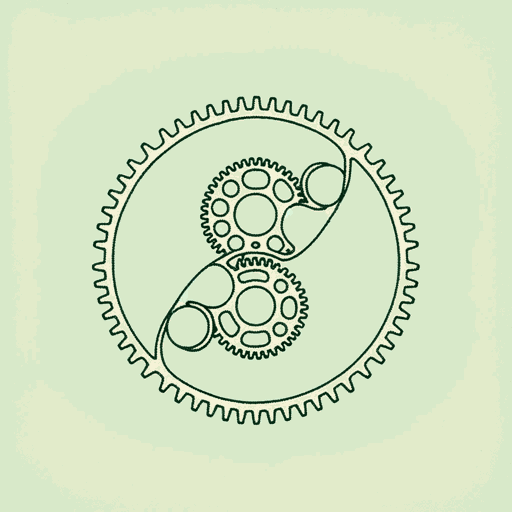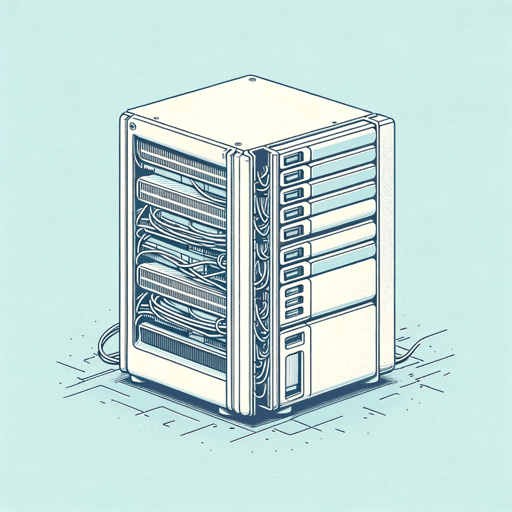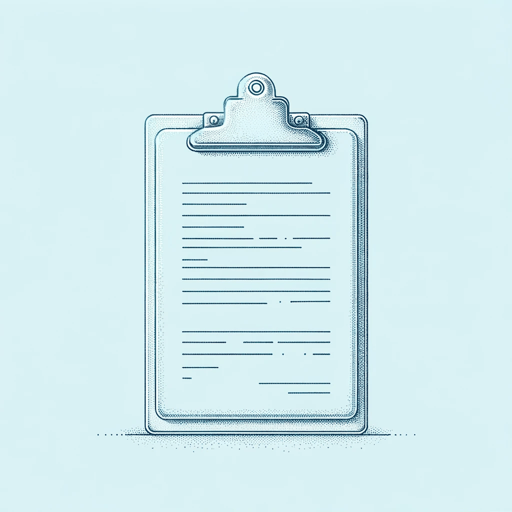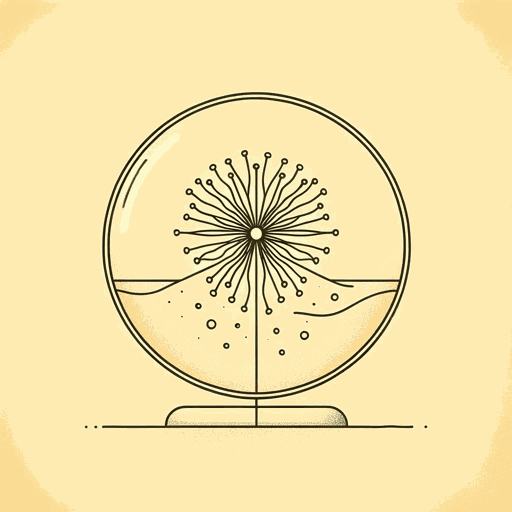44 pages • 1 hour read
Michael LewisThe Undoing Project: A Friendship That Changed Our Minds
Nonfiction | Biography | Adult | Published in 2016A modern alternative to SparkNotes and CliffsNotes, SuperSummary offers high-quality Study Guides with detailed chapter summaries and analysis of major themes, characters, and more.
Index of Terms
Allais Paradox
Designed by French economist Maurice Allais, this paradox illustrates the inconsistency in preferences when people consider risks and gambles. Allais initially devised the paradox as an argument against the “self-certainty of American economists” (257), who in his view oversimplified human choice in economics and overemphasized the notion that math models could generally explain human decision making. In response to the Allais paradox, Danny and Amos further developed their own ideas on how human decision making was impacted by both positive prospects and regret. Lewis clarifies their findings as such: “When they made decisions, people did not seek to maximize utility. They sought to minimize regret” (261). Studying theories like the Allais paradox helped Danny and Amos better contextualize their own work.
Bayes’s Theorem
Named after English statistician Thomas Bayes, Bayes’s theorem is a statistical formula that evaluates probability when the mind is given new information. The primary example Lewis provides pertains to a University of Michigan study, in which students picked either red or white poker chips and made decisions based on probabilities about the color of the next chip they pulled from the bag. In The Undoing Project, Bayes’s theorem serves as the foundation for Danny and Amos’s relationship, as Amos explained this study as a guest in one of Danny’s classes.








Related Titles
By Michael Lewis









